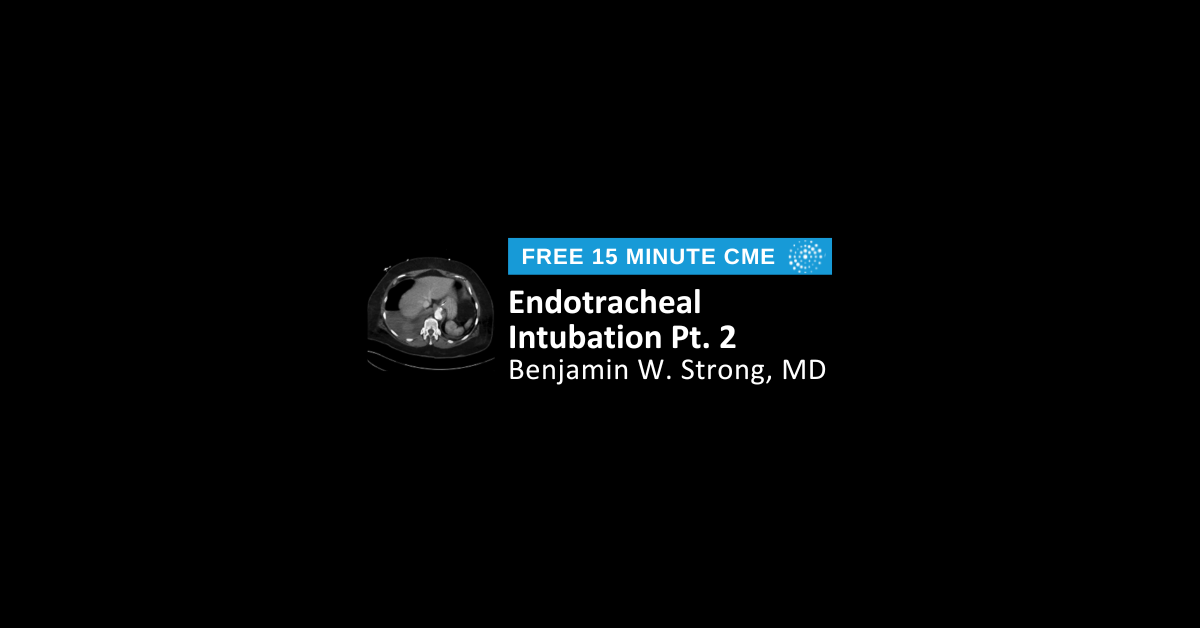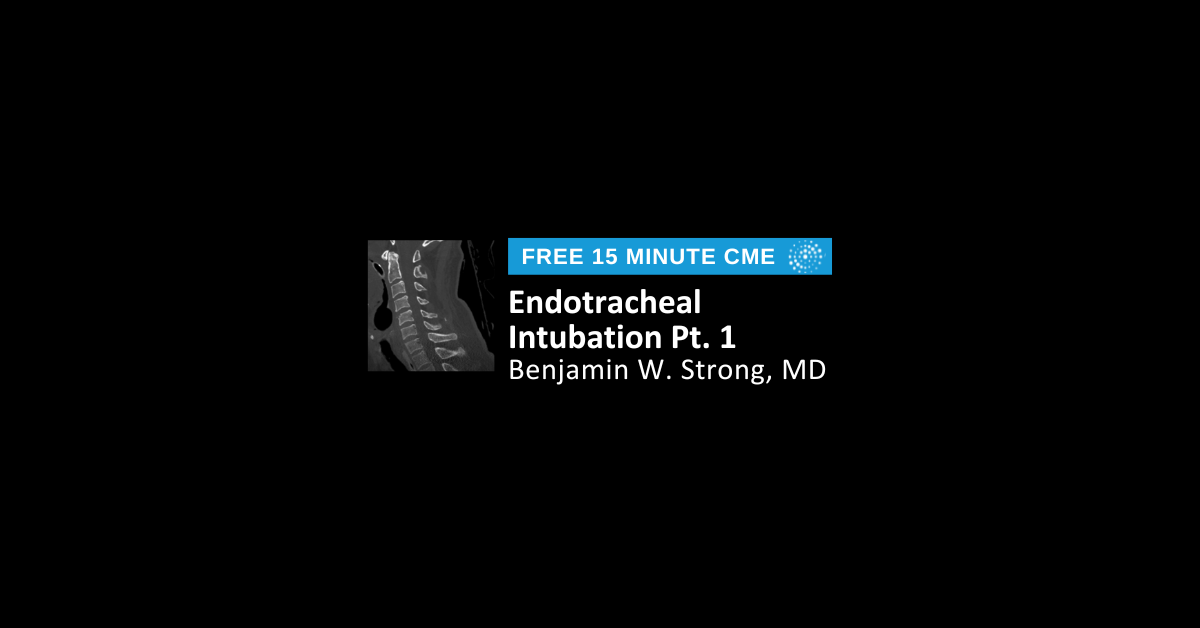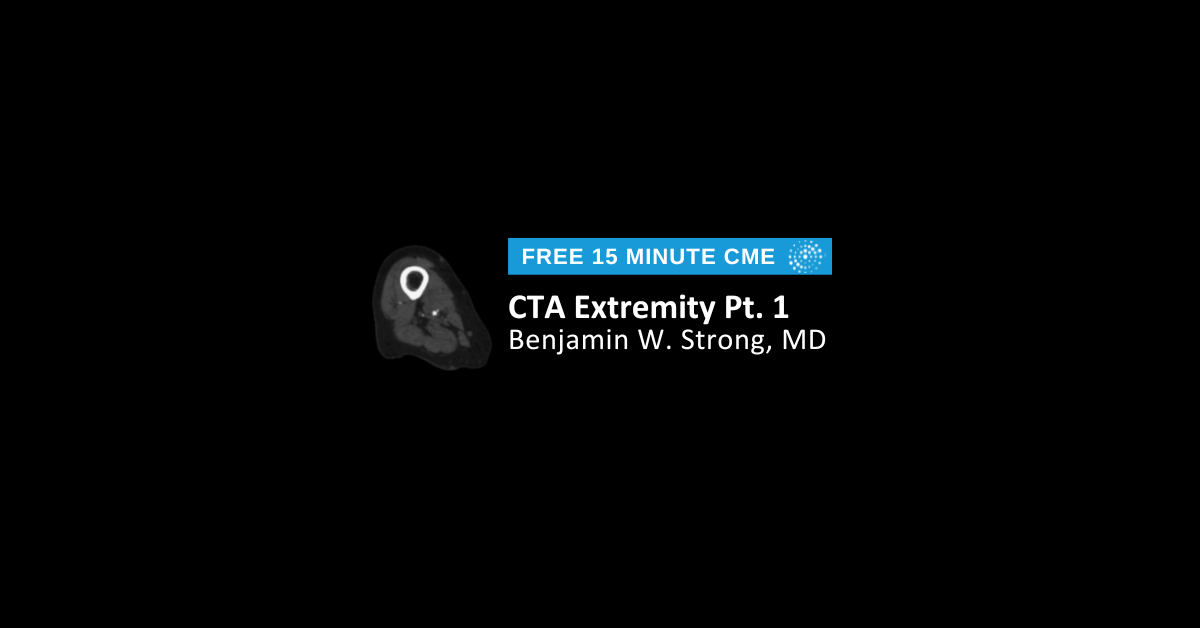
Endotracheal Intubation Pt. 2
0.25 AMA PRA Category 1 Credit™
Cost: Free
Expires: 12/31/2026
Course Overview
Multiple paired case presentations of radiographs and companion CT scans demonstrating a number of complications associated with endotracheal intubation. Such complications are common in emergency medicine imaging and radiologists play a critical role in identifying them.
Learning Objectives
- Understand the importance of proper endotracheal tube placement and the measurements and anatomic standards applied in establishing it.
- List the important complications of endotracheal tube placement.
- Appreciate the importance of underlying or associated diseases (i.e. ankylosing spondylitis) in developing complications of endotracheal intubation.










.jpg?width=1024&height=576&name=vRad-High-Quality-Patient-Care-1024x576%20(1).jpg)







%20(2).jpg?width=1008&height=755&name=Copy%20of%20Mega%20Nav%20Images%202025%20(1008%20x%20755%20px)%20(2).jpg)










-1.png?width=1200&height=628&name=CME_Header_1200x628%20(1)-1.png)



.png?width=1200&height=628&name=CME_Header_1200x628%20(32).png)

.png?width=1200&height=628&name=CME_Header_1200x628%20(30).png)

.png?width=1200&height=628&name=CME_Header_1200x628%20(29).png)
.png?width=1200&height=628&name=CME_Header_1200x628%20(28).png)